“Combating Glacier Melt: A Multifaceted Approach from Global Mitigation to Local Adaptation”
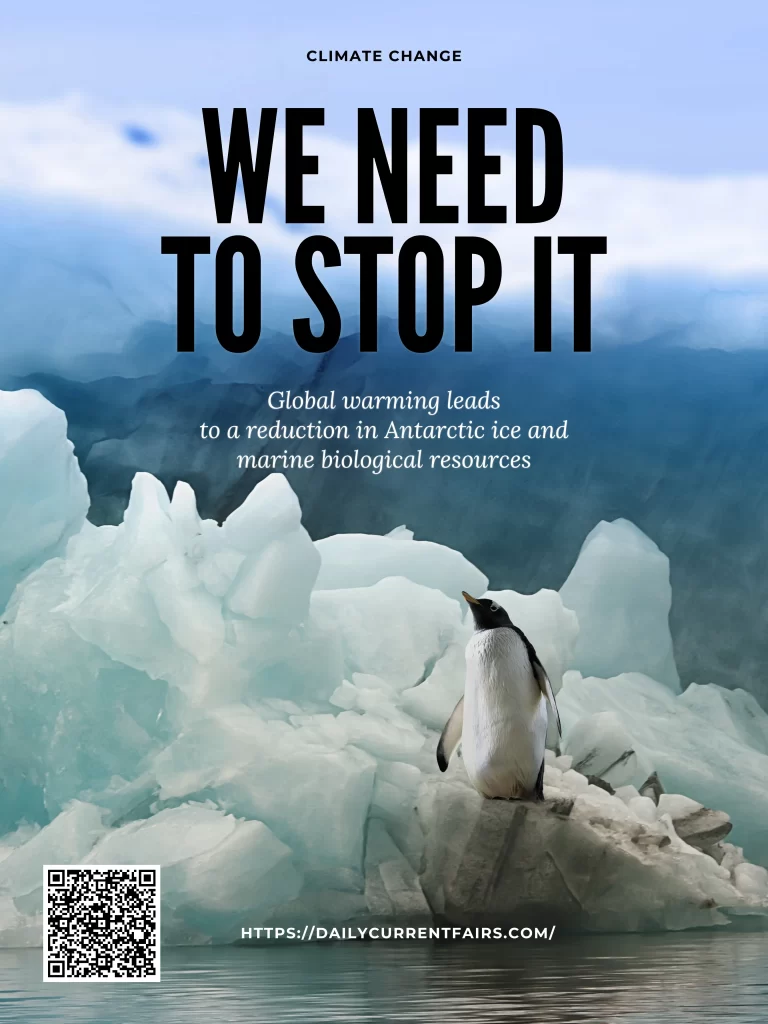
The melting of ice in Antarctica refers to the process by which ice on the continent of Antarctica, which is predominantly in the form of glaciers and ice sheets, changes from its solid state (ice) into liquid water. This process can occur due to various factors, primarily driven by changes in temperature and environmental conditions.
The reason behind the melting of glaciers
The melting of glaciers is primarily influenced by a combination of natural and human-induced factors. Here are the main factors contributing to the melting of glaciers:
- Temperature Increase: Rising global temperatures due to climate change are one of the most significant factors leading to glacier melt. As temperatures rise, glaciers experience higher rates of melting and reduced accumulation of snow and ice.
- Albedo Effect: The reflectivity of the Earth’s surface, known as albedo, plays a role in glacier melt. When glaciers and ice caps melt, they expose darker surfaces such as rock or water, which absorb more heat from the sun, further accelerating melting.
- Greenhouse Gas Emissions: The emission of greenhouse gases, such as carbon dioxide (CO2) and methane (CH4), into the atmosphere traps heat and contributes to global warming. This warming effect leads to increased temperatures, which, in turn, cause glacier melt.
- Feedback Loops: As glaciers melt, they can create feedback loops. For example, as glaciers retreat, they may expose new areas of ice to higher temperatures, which can lead to even more rapid melting.
- Black Carbon (Soot): Soot, also known as black carbon, is a dark particulate matter that can settle on glacier surfaces. It reduces the albedo of the ice, causing it to absorb more sunlight and melt faster.
- Ocean Temperatures: The temperature of the oceans can affect glaciers that terminate in the sea. Warmer ocean water can melt the front of glaciers, leading to their retreat.
- Atmospheric Circulation Patterns: Changes in atmospheric circulation patterns can influence the distribution of precipitation, including snowfall in glacier regions. Changes in precipitation patterns can impact glacier mass balance.
- Volcanic Activity: The presence of volcanic activity in glacier regions can contribute to glacier melt. Volcanic heat can melt the ice from below, leading to increased water flow and glacier instability.
- Topography and Glacier Geometry: The shape and orientation of glaciers can influence their susceptibility to melting. For example, glaciers in valleys may be more sheltered and retain ice better than those on exposed mountain slopes.
- Human Activities: Human activities, such as industrial processes, deforestation, and land use changes, can release greenhouse gases into the atmosphere, which contributes to global warming. Additionally, tourism and infrastructure development near glaciers can lead to local warming and ice melt.
- Avalanches and Calving: Large-scale avalanches and iceberg calving from glacier fronts can contribute to glacier ice loss. These processes can be triggered by various factors, including temperature and ice thickness.
- Glacial Lakes: The formation of glacial lakes at the terminus of glaciers can enhance melting. The water in these lakes can absorb and transmit heat, causing the glacier to melt faster.
The combination of these factors can vary from one glacier to another, and their relative importance depends on the specific geographic location and environmental conditions. Glacier melt is a complex process influenced by multiple interacting variables, making it a subject of ongoing research and concern due to its impacts on sea level rise and freshwater resources.
UNDERSTANDING THE COMPLEX FACTORS BEHIND CLIMATE CHANGE
Harmful effect of melting of glaciers
The melting of glaciers has a wide range of harmful effects on the environment, ecosystems, and human societies. Some of the most significant consequences of glacier melt include:
- Sea Level Rise: The most immediate and consequential impact of glacier melt is the contribution to sea level rise. As glaciers melt and discharge water into the oceans, they raise global sea levels. This can lead to coastal erosion, inundation of low-lying coastal areas, and increased risk of storm surges, especially in vulnerable regions.
- Loss of Freshwater Resources: Many glaciers serve as important sources of freshwater for communities, agriculture, and industry. As glaciers shrink, the availability of freshwater decreases, which can lead to water shortages and conflicts over resources.
- Disruption of Ecosystems: Glacier melt can disrupt the habitats of various plant and animal species, especially those adapted to cold environments. It can lead to loss of biodiversity and the displacement of species that rely on glacial meltwater.
- Increased Glacial Lake Outburst Floods: As glaciers retreat, they often leave behind moraine-dammed lakes. These lakes are at risk of bursting their natural dams, leading to sudden and catastrophic floods downstream. These Glacial Lake Outburst Floods (GLOFs) can pose a significant hazard to communities in glacier-adjacent areas.
- Changes in River Flow: Glacier meltwater contributes to the flow of many rivers, especially in mountainous regions. Changes in glacier melt can disrupt the seasonal and long-term flow patterns of these rivers, affecting water availability for downstream users, including agriculture and hydropower generation.
- Altered Ocean Currents: The influx of fresh glacial meltwater into the oceans can disrupt ocean currents and thermohaline circulation patterns, potentially impacting weather systems and marine ecosystems.
- Worsening Climate Change: Glacier melt is both a consequence and a driver of climate change. As glaciers melt, they release stored greenhouse gases, such as methane and CO2, which can exacerbate global warming. Additionally, glacier melt contributes to positive feedback loops, further accelerating climate change.
- Infrastructure Damage: Glacial retreat and the associated release of meltwater can lead to the erosion of infrastructure, such as roads, bridges, and buildings located near glacier-fed rivers.
- Loss of Cultural Heritage: Glaciers hold cultural and spiritual significance for many indigenous and local communities. The loss of glaciers can result in the disappearance of cultural landmarks and erasure of traditional knowledge associated with these ice features.
- Tourism Impacts: Melting glaciers can impact tourism industries that rely on glacier-related activities, such as skiing, ice climbing, and glacier tours. This can have economic consequences for regions dependent on tourism.
- Geohazard Risks: The retreat of glaciers can increase the susceptibility to landslides, rockfalls, and avalanches in mountainous regions, posing risks to communities and infrastructure.
Addressing the harmful effects of glacier melt requires concerted efforts to mitigate climate change through the reduction of greenhouse gas emissions and the development of strategies to adapt to the changes already underway. It also necessitates the monitoring and management of water resources in glacier-dependent regions and the establishment of early warning systems to mitigate glacial lake outburst floods.
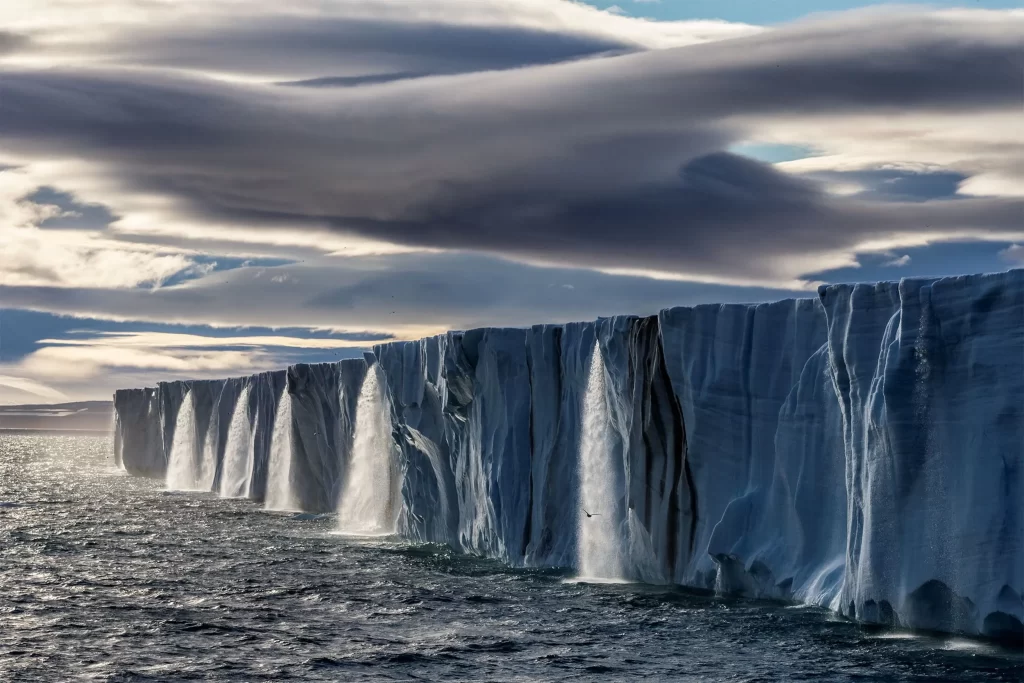
Controlling or slowing down the melting of glacier
Controlling or slowing down the melting of glaciers is a complex challenge that requires global efforts to mitigate climate change and regional efforts to adapt to the changes that are already occurring. Here are strategies to address glacier melt on different levels:
1. Global Level (Mitigation of Climate Change):
a. Reducing Greenhouse Gas Emissions: The primary driver of glacier melt is global warming resulting from the release of greenhouse gases (e.g., CO2, CH4). Governments, industries, and individuals must work to reduce emissions through cleaner energy sources, energy efficiency, and sustainable practices.
b. Renewable Energy Transition: Transitioning to renewable energy sources, such as solar, wind, and hydropower, can help reduce carbon emissions and mitigate climate change.
c. Reforestation and Afforestation: Forests act as carbon sinks, absorbing CO2 from the atmosphere. Protecting existing forests, reforesting deforested areas, and planting new trees can help offset carbon emissions.
d. International Agreements: Global agreements like the Paris Agreement aim to limit global warming. Support for and compliance with these agreements is essential.
Mastering the Core: 11 High-Impact Ab Exercises for a Stronger Midsection
2. Regional Level (Adaptation):
a. Water Resource Management: Manage freshwater resources effectively to ensure water availability for communities, agriculture, and industry. This includes storage, distribution, and efficient use of water.
b. Early Warning Systems: Develop and implement early warning systems for glacial lake outburst floods (GLOFs) and other glacial hazards to protect vulnerable communities.
c. Infrastructure Planning: Plan infrastructure, such as roads, bridges, and buildings, with consideration for the changing climate and potential impacts of glacier melt.
d. Sustainable Tourism: In regions dependent on glacier-related tourism, promote sustainable practices that minimize the environmental impact and preserve glacial ecosystems.
e. Adaptive Agriculture: Support adaptation strategies for agriculture, including changing crop types and practices to cope with altered water availability.
f. Ecosystem Protection: Implement measures to protect and restore ecosystems affected by glacier melt, including wildlife habitats and wetlands.
g. Community Resilience: Strengthen the resilience of communities in glacier-dependent regions through education, disaster preparedness, and access to resources.
3. Local Level (Glacier Protection):
a. Glacier Monitoring: Establish monitoring systems to track changes in glaciers and understand their behaviour. This data can inform regional and global efforts.
b. Glacier Conservation: Protect and conserve glaciers and their surrounding environments as natural heritage sites. This may involve restricting human activities in sensitive areas.
c. Scientific Research: Support scientific research to improve understanding of glaciers, their behaviour, and their interactions with the environment.
d. Sustainable Land Use: Encourage sustainable land use practices, especially in glacier-fed river basins, to reduce erosion and pollution that can accelerate glacier melt.
e. Carbon Capture and Storage: Investigate and implement carbon capture and storage technologies to reduce the release of greenhouse gases from melting glaciers.
Addressing glacier melt requires a combination of mitigation efforts to combat climate change, adaptation strategies to cope with changes, and local measures to protect specific glaciers. It is a complex challenge that requires collaboration at the international, national, regional, and local levels.

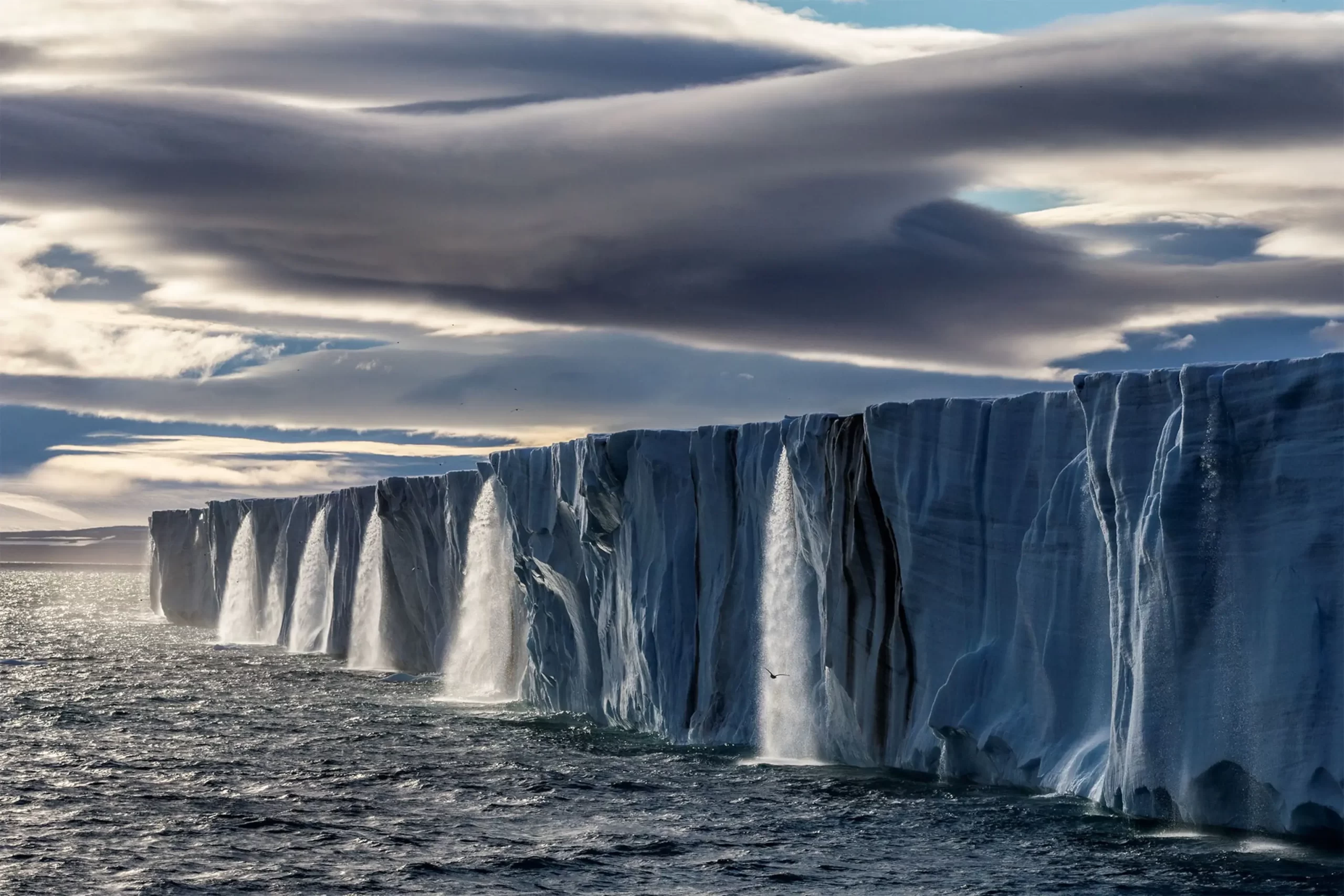
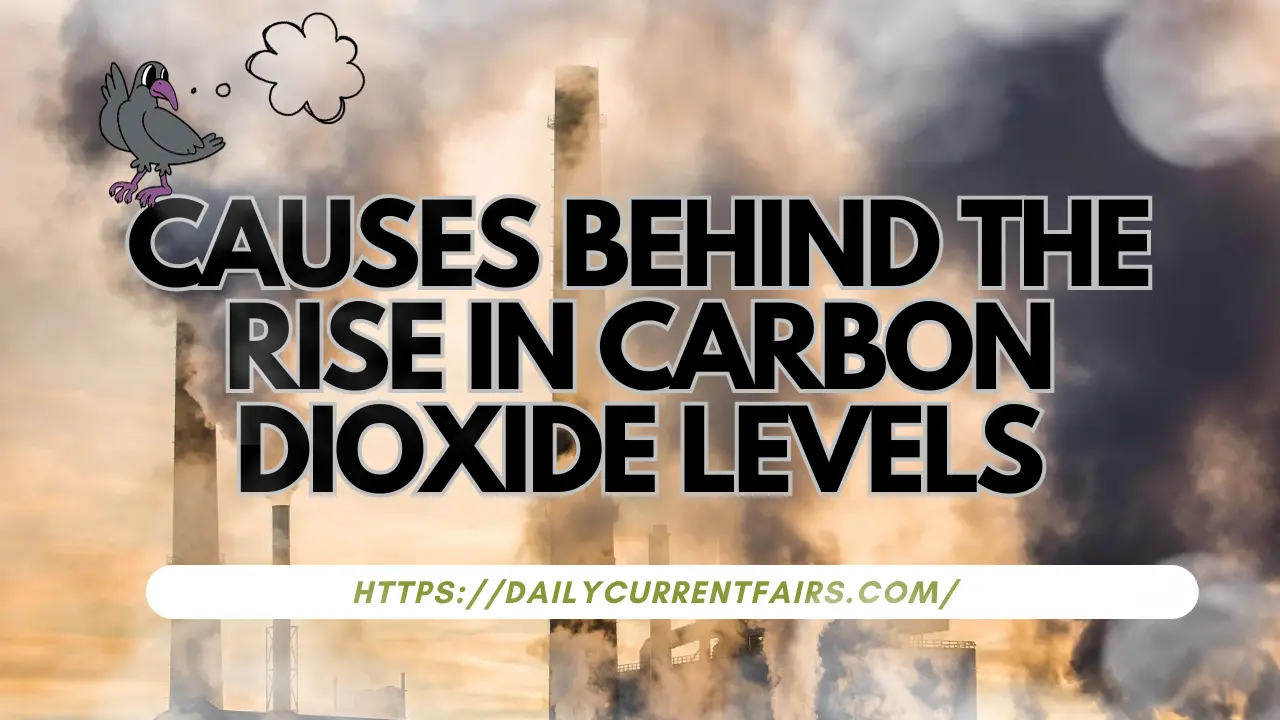
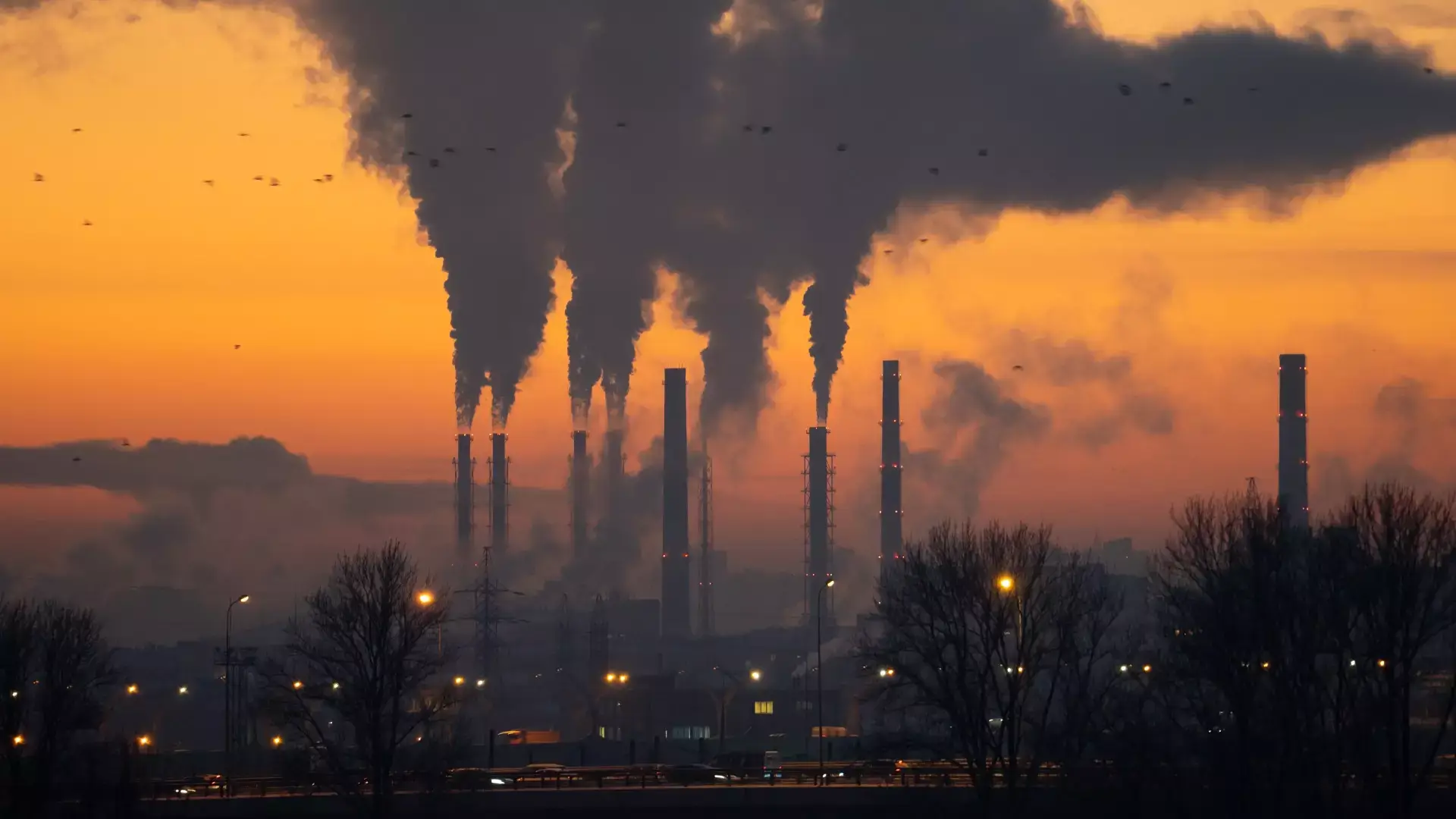
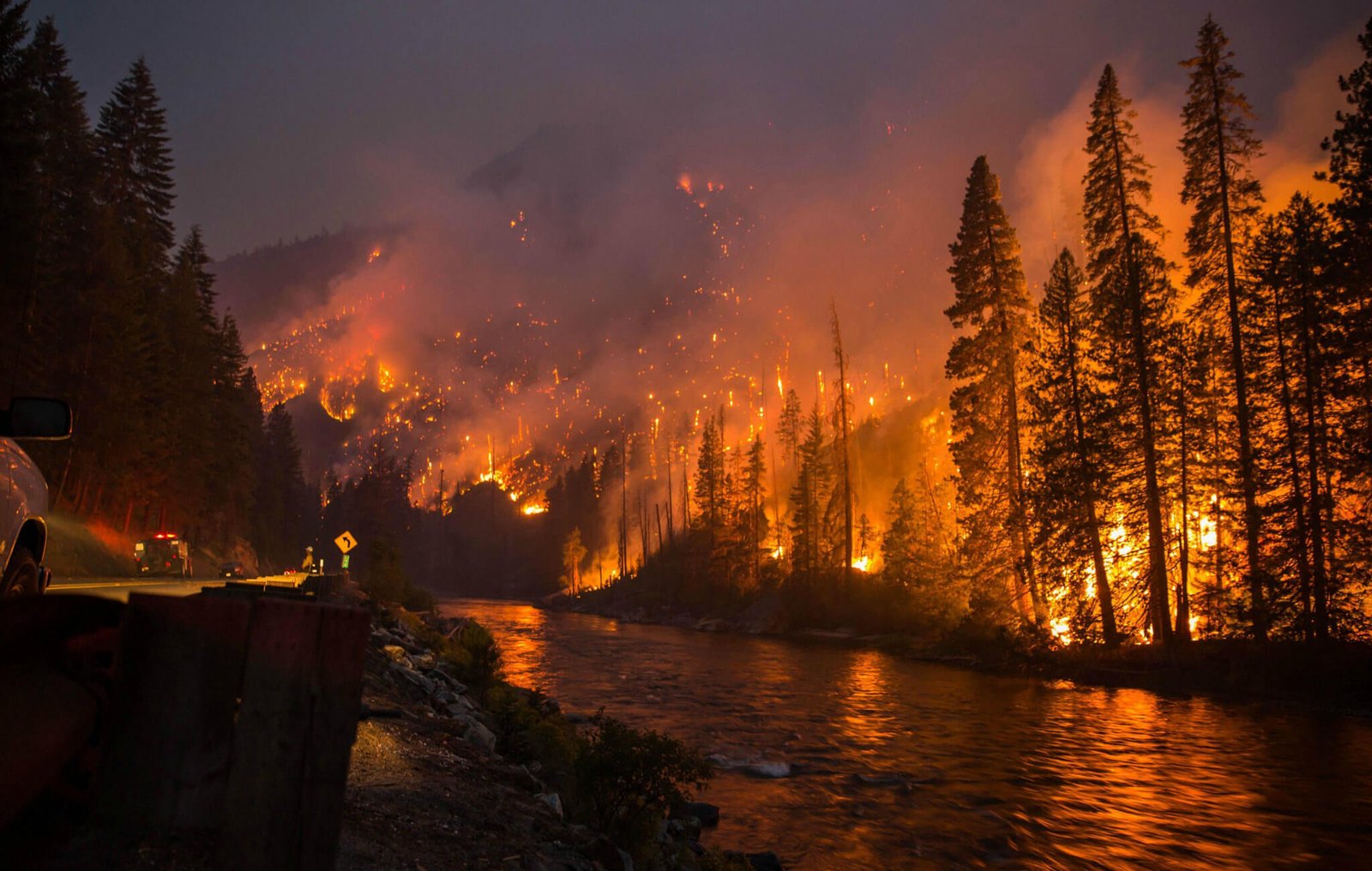
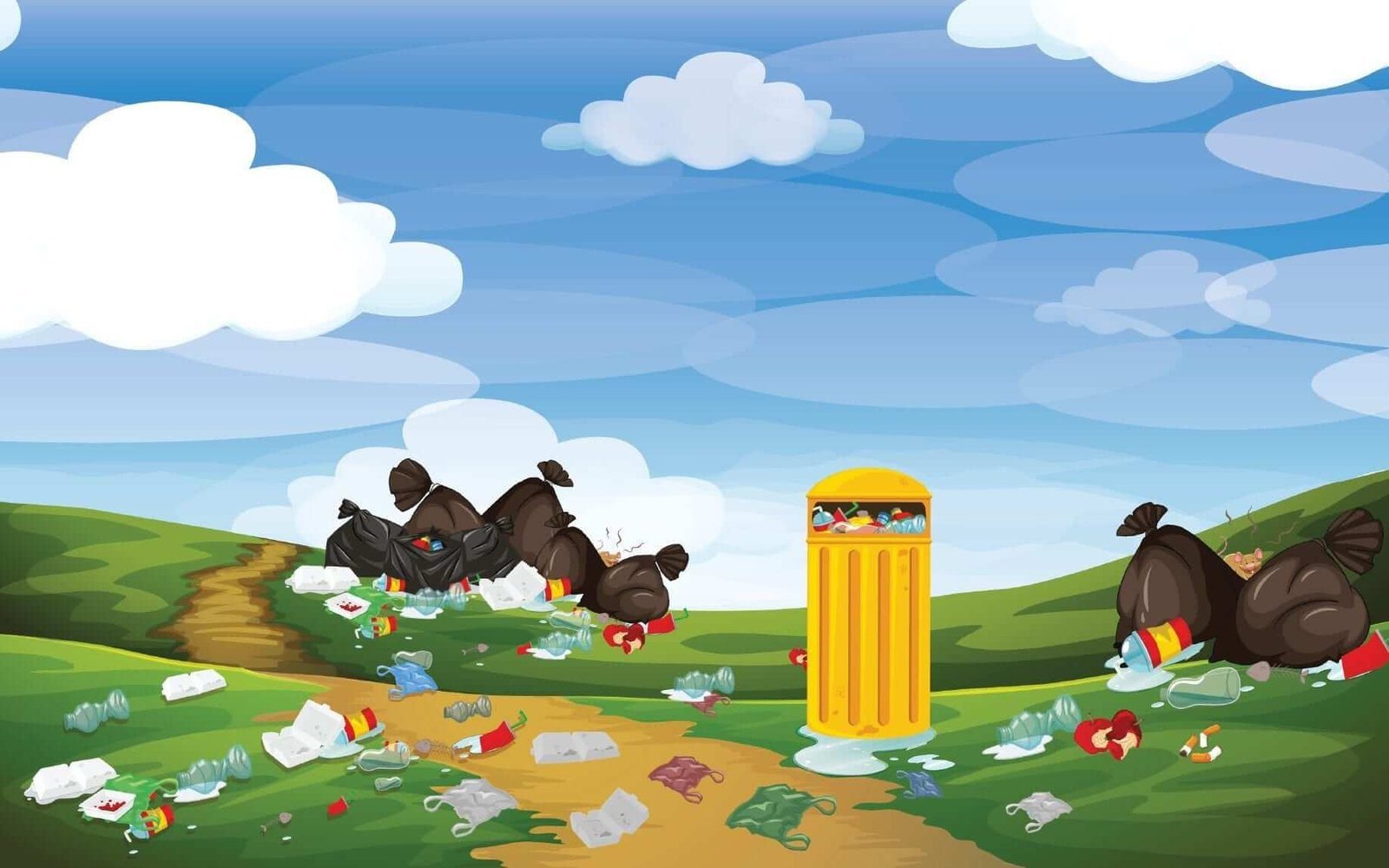
Thanks , I’ve just been searching for information about this topic for a long time and yours is the greatest I’ve came upon till now. However, what concerning the conclusion? Are you positive concerning the source?